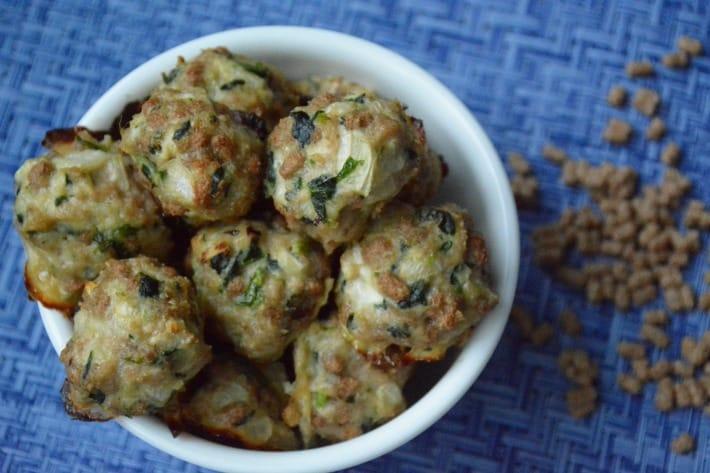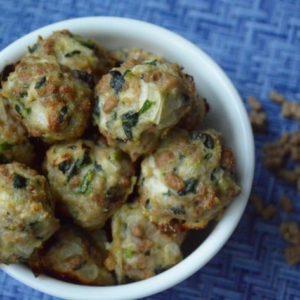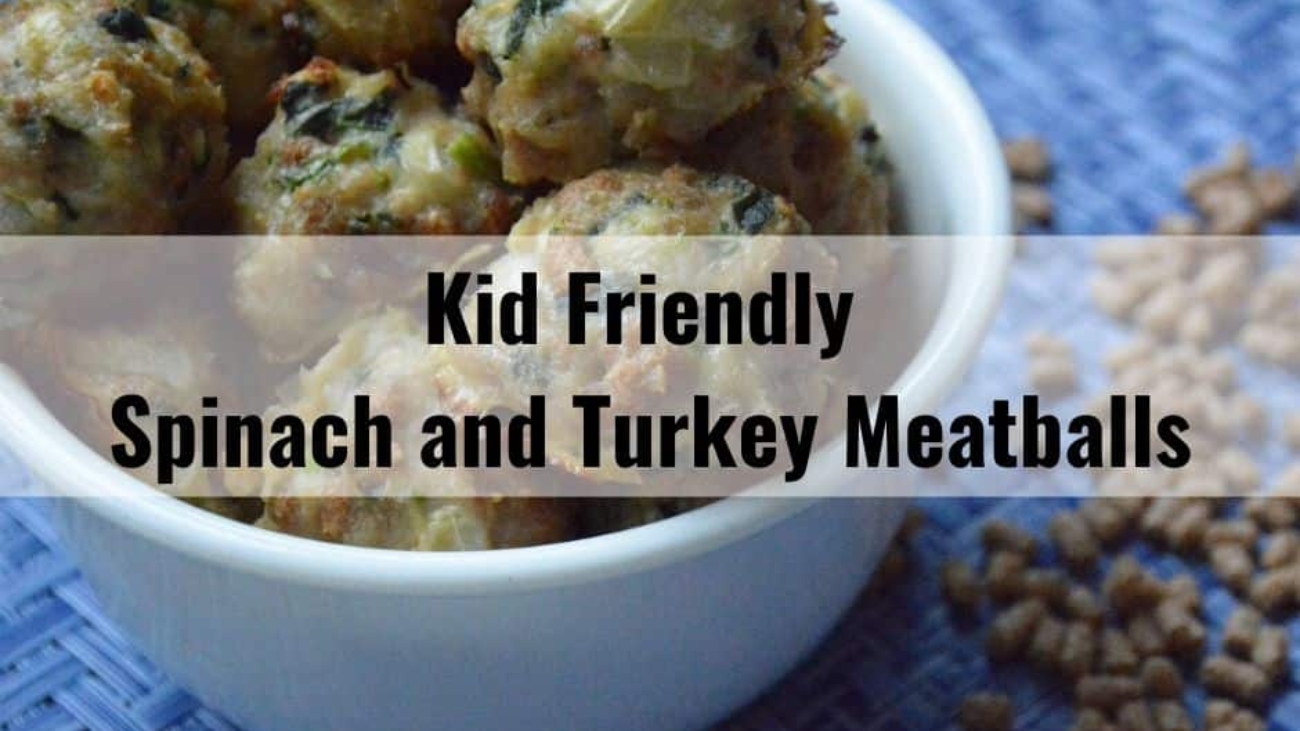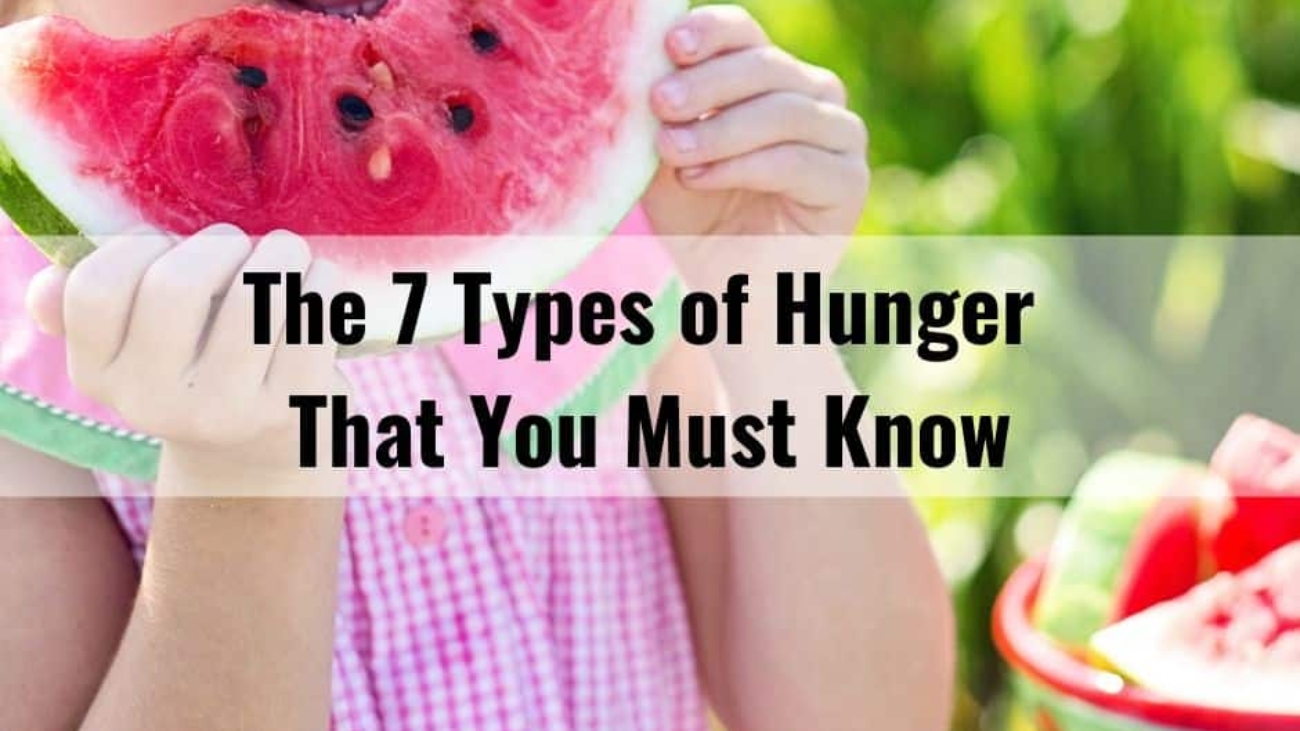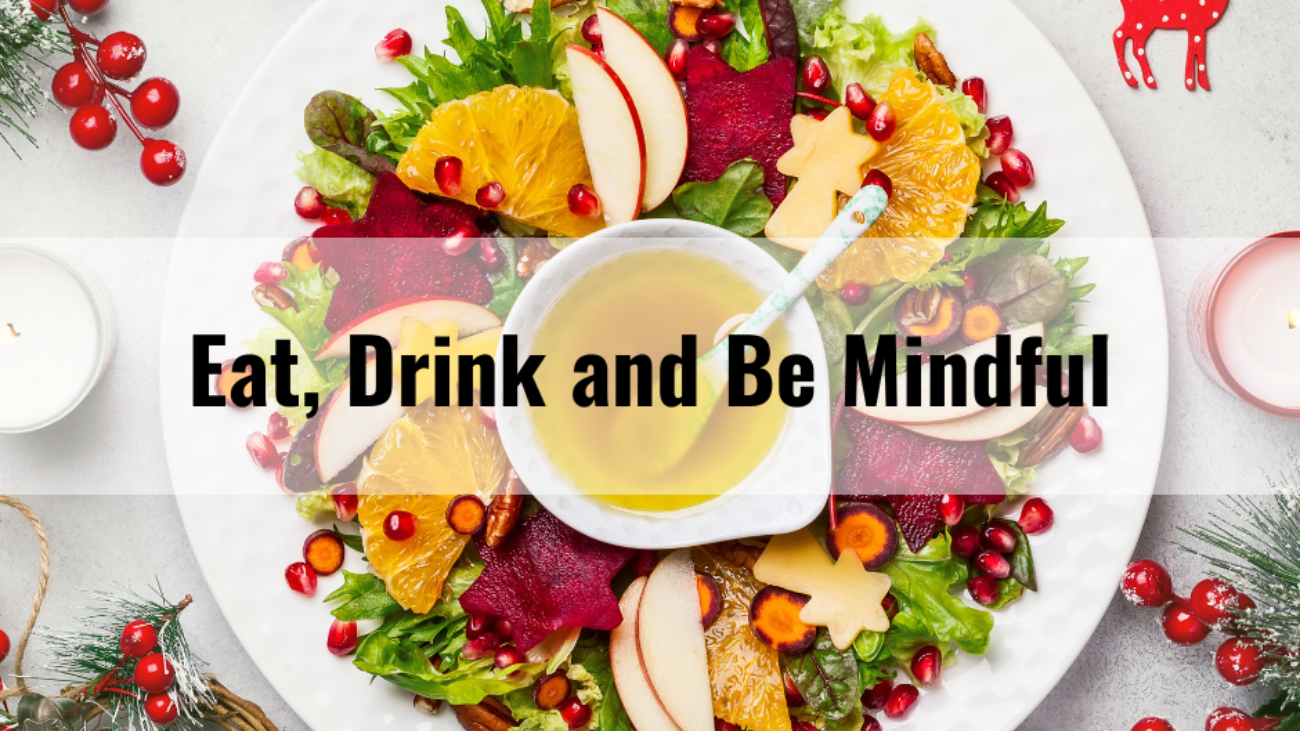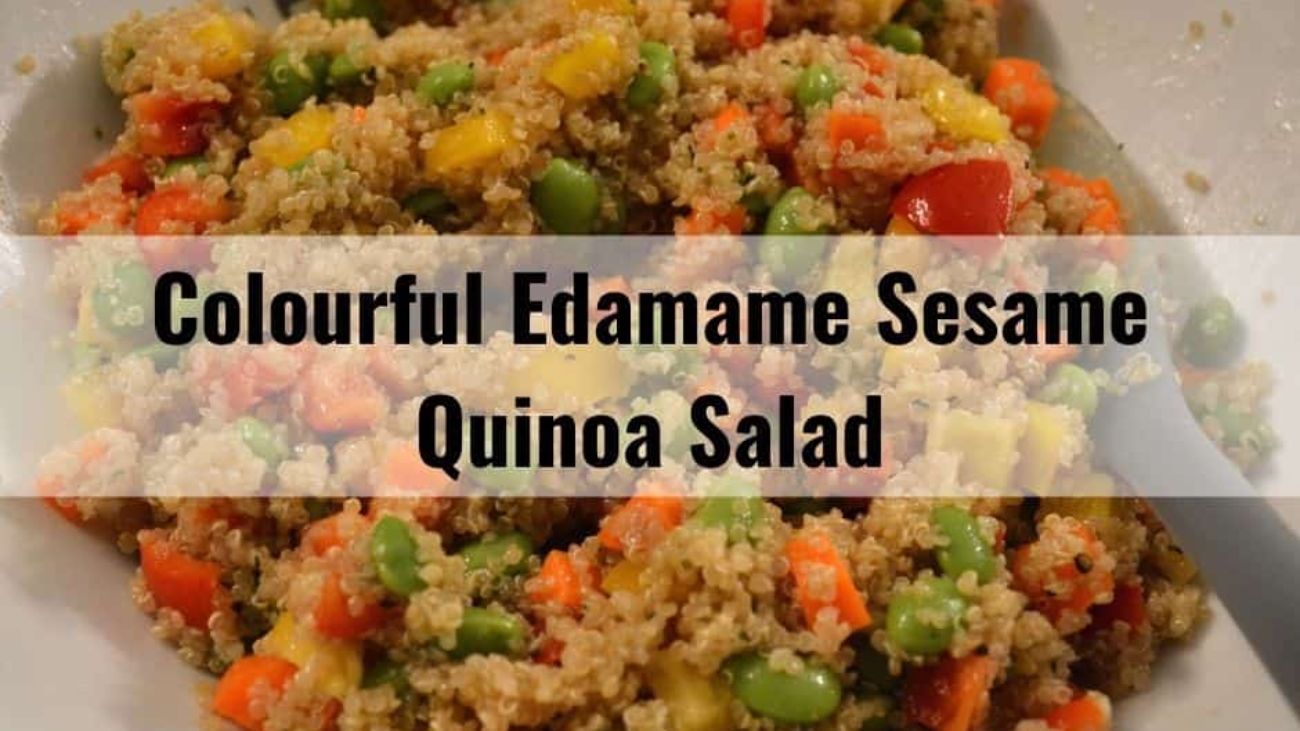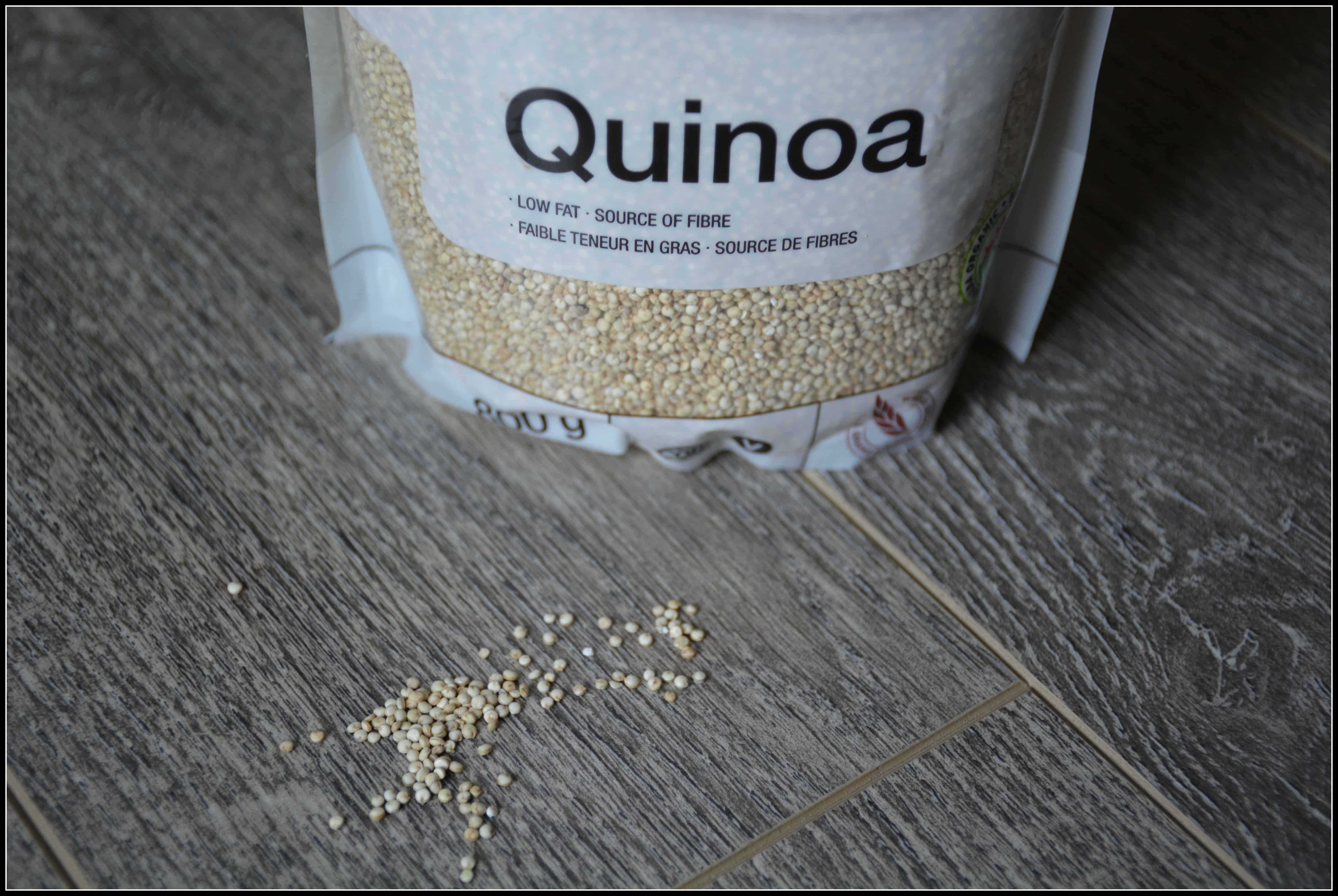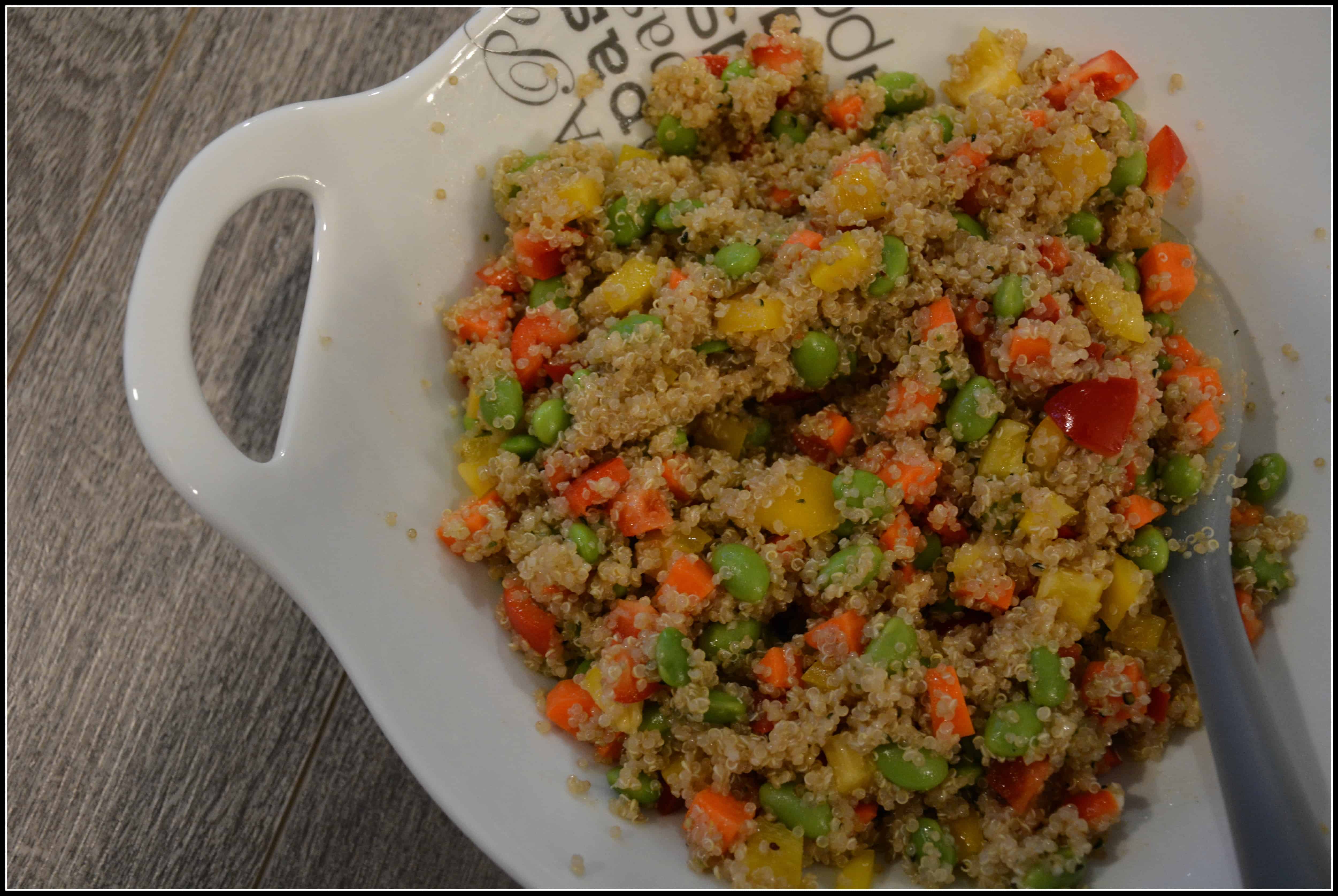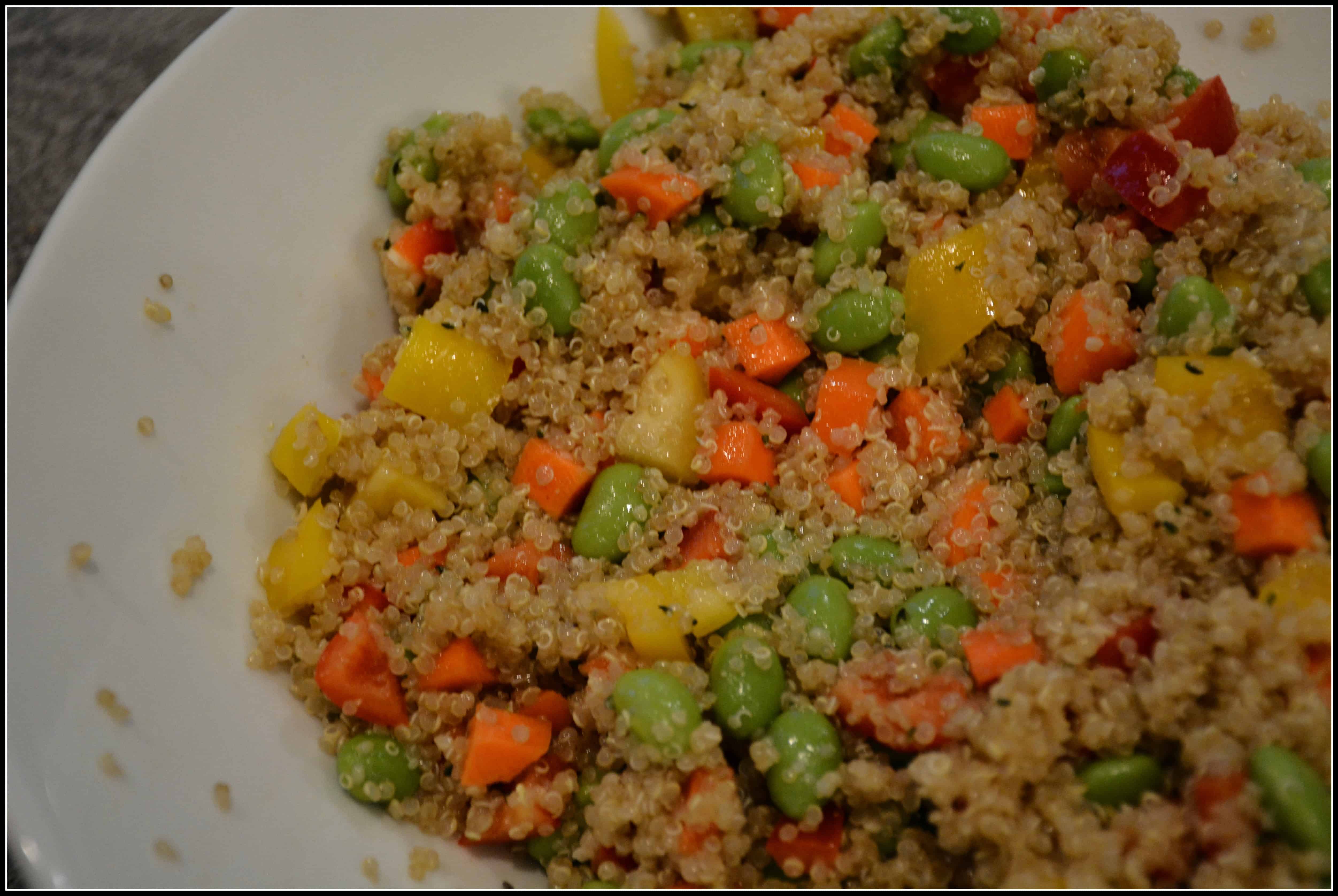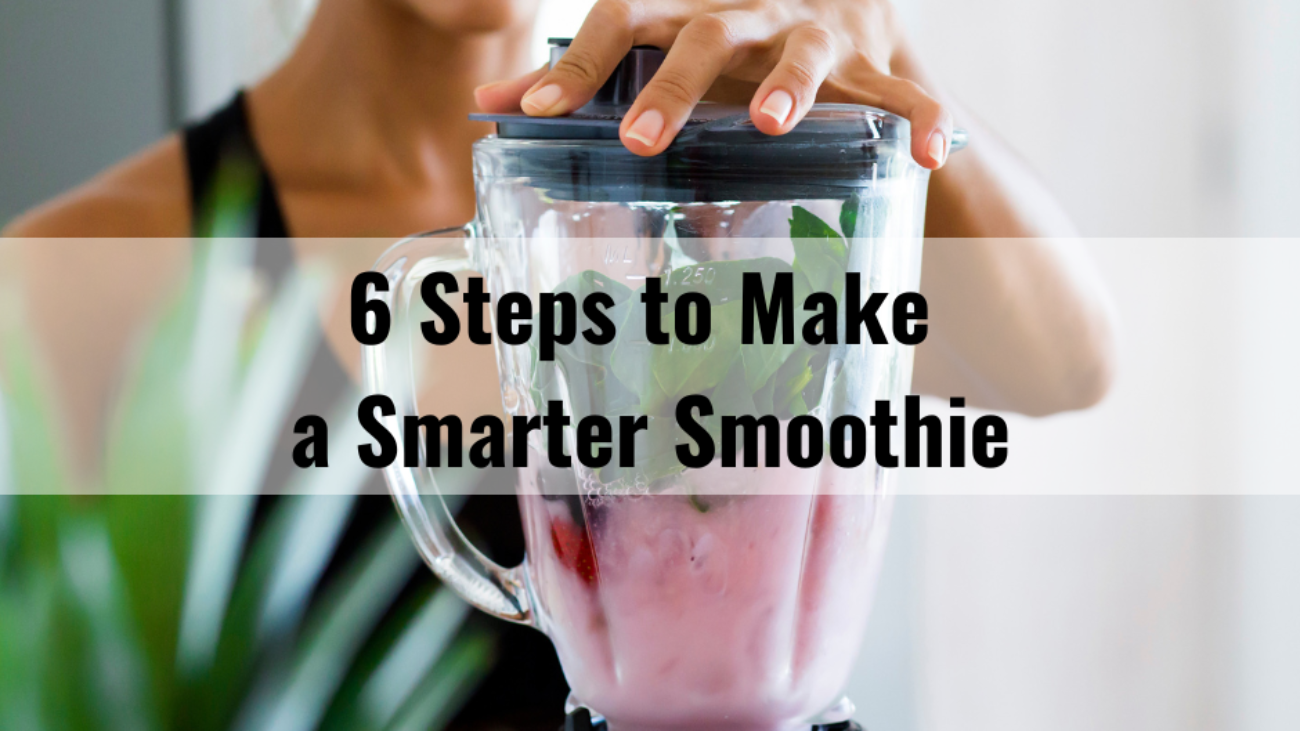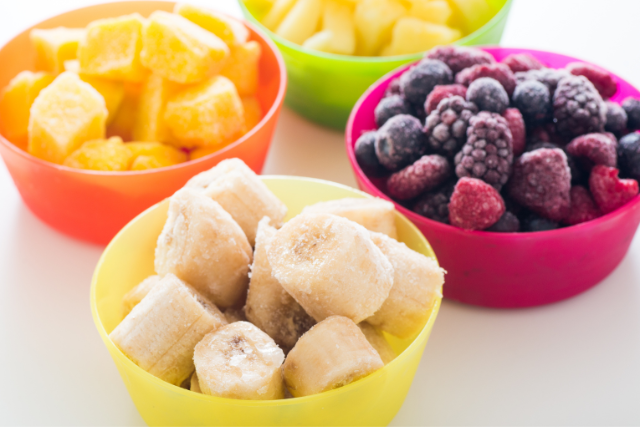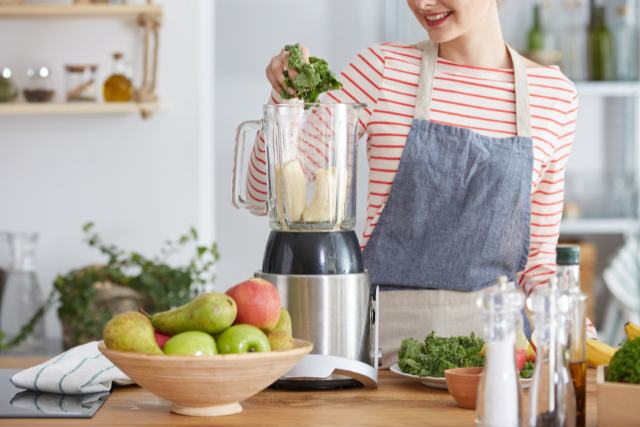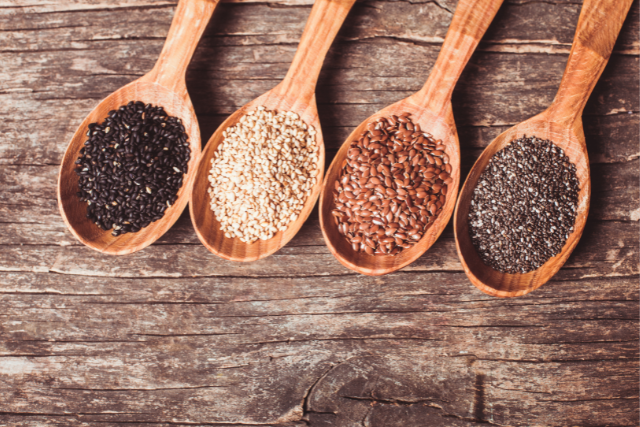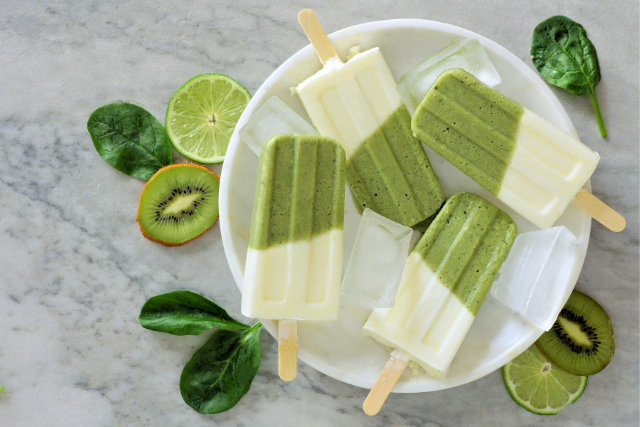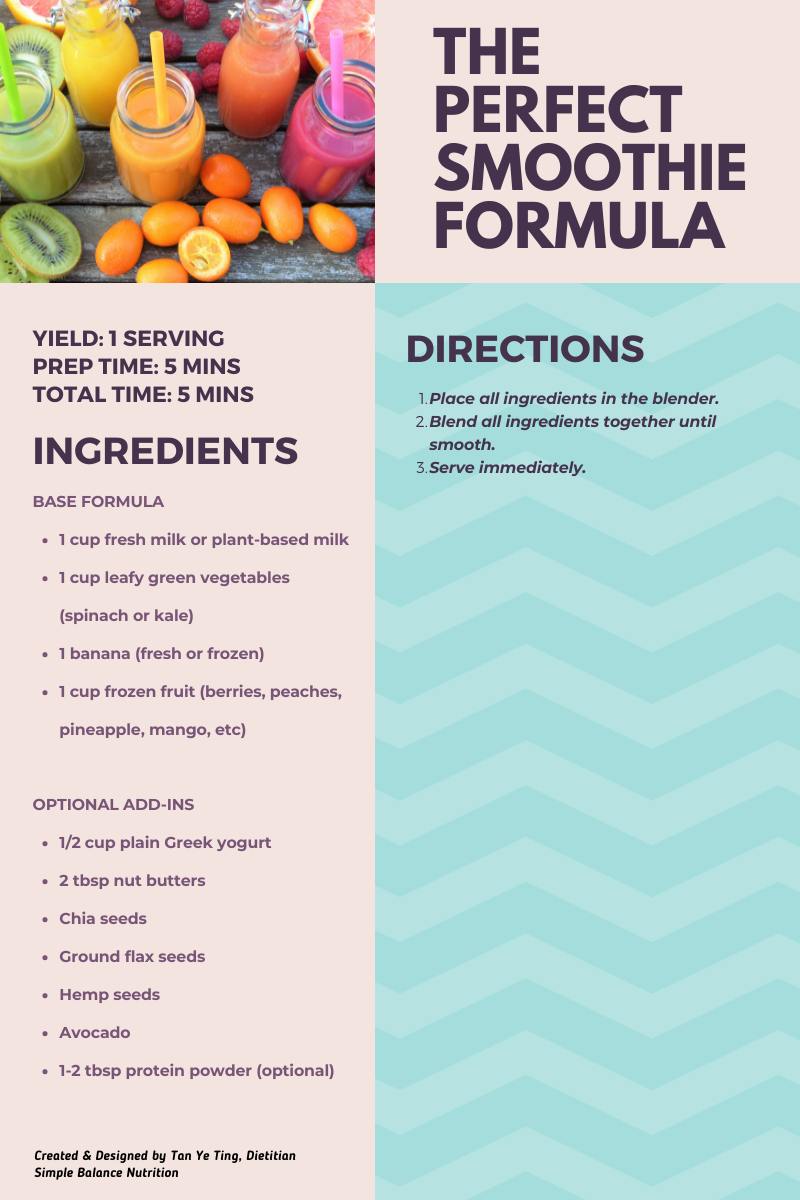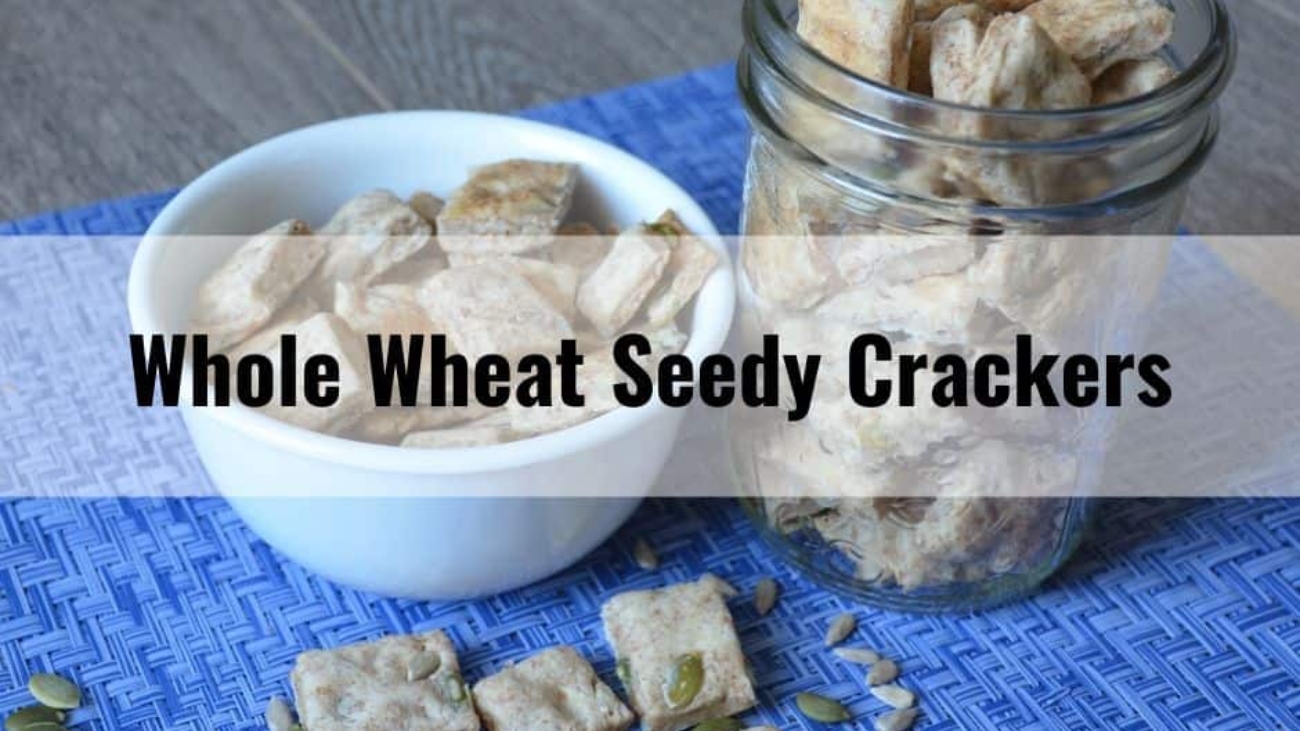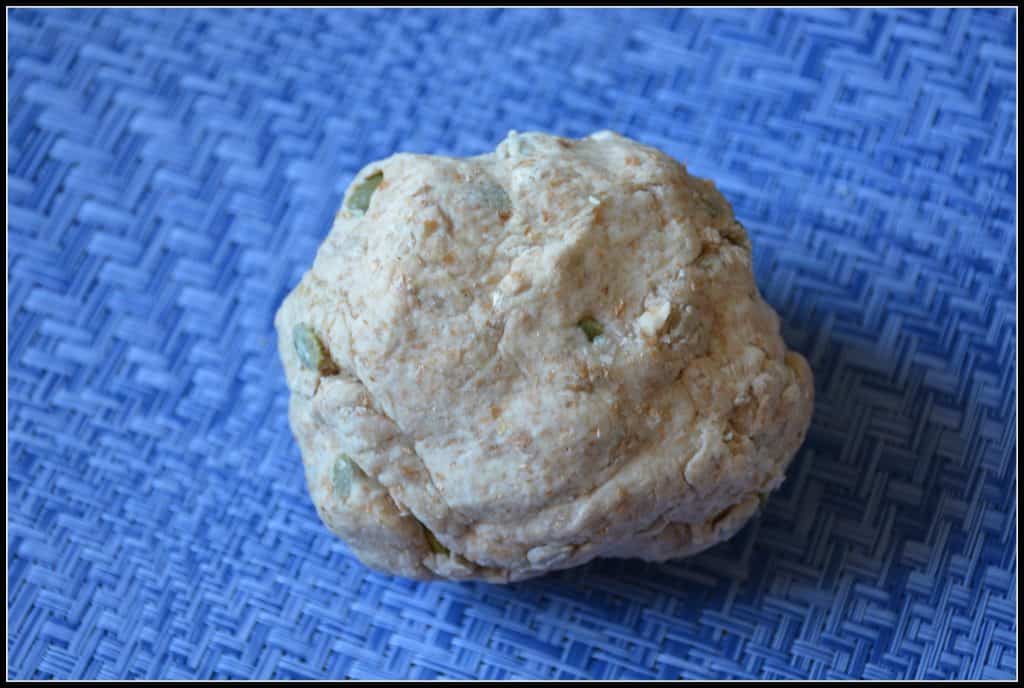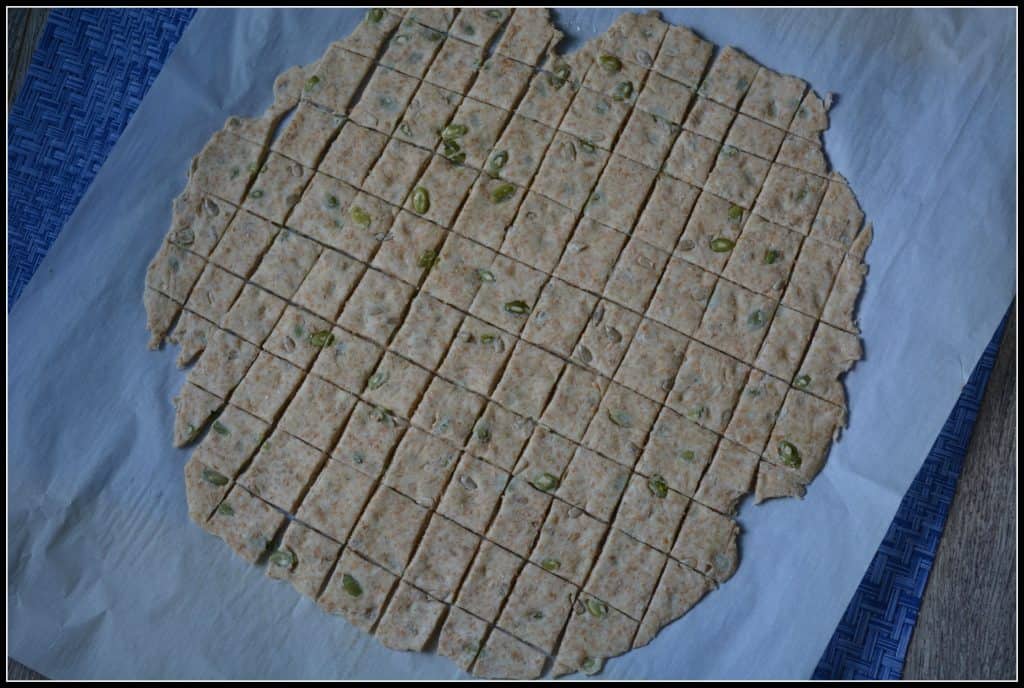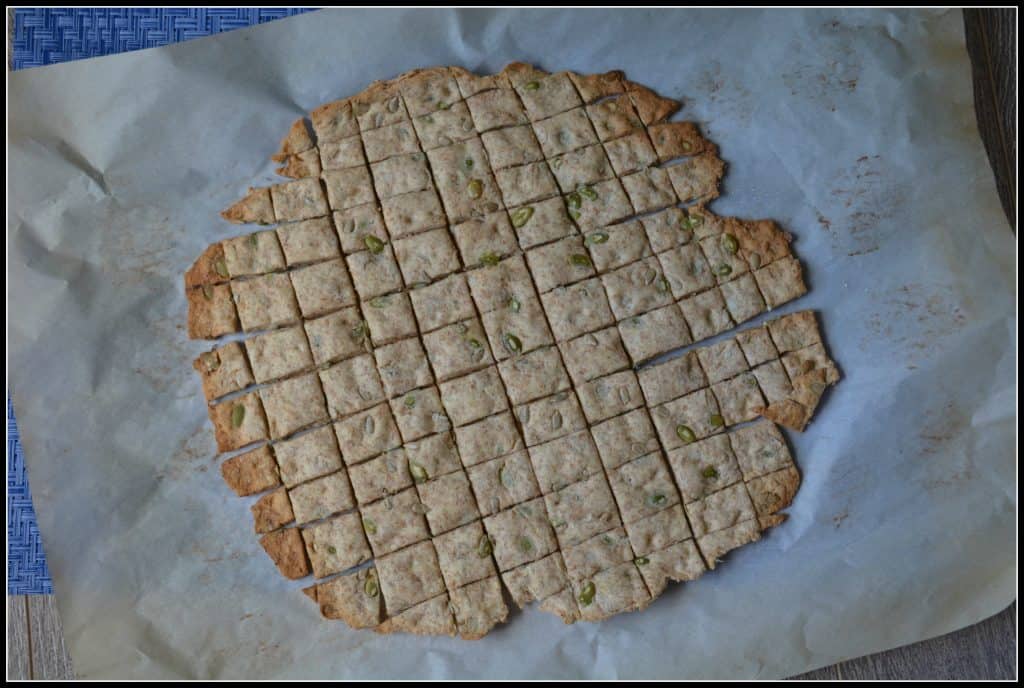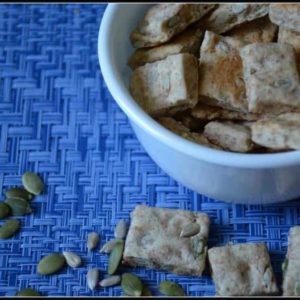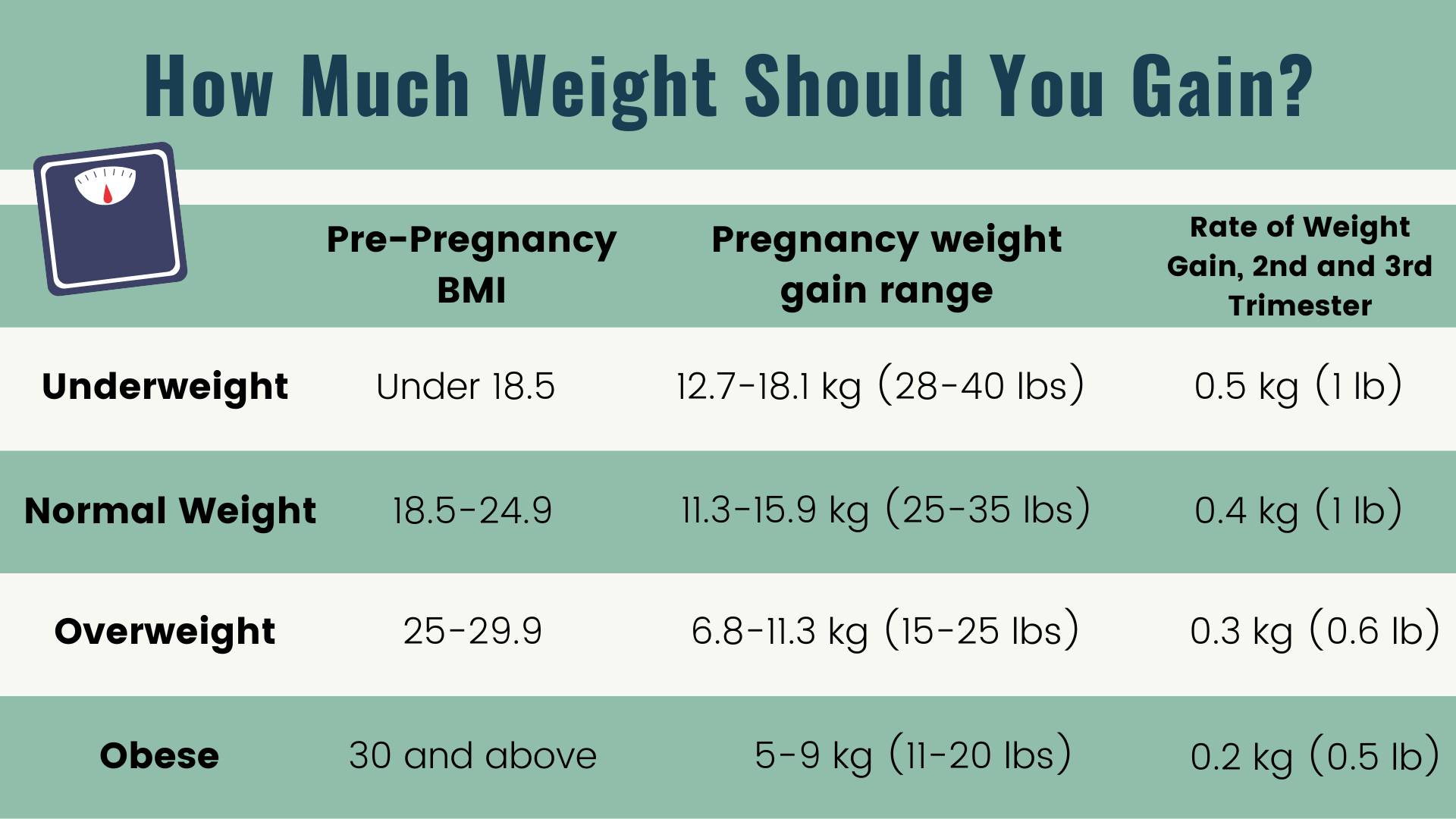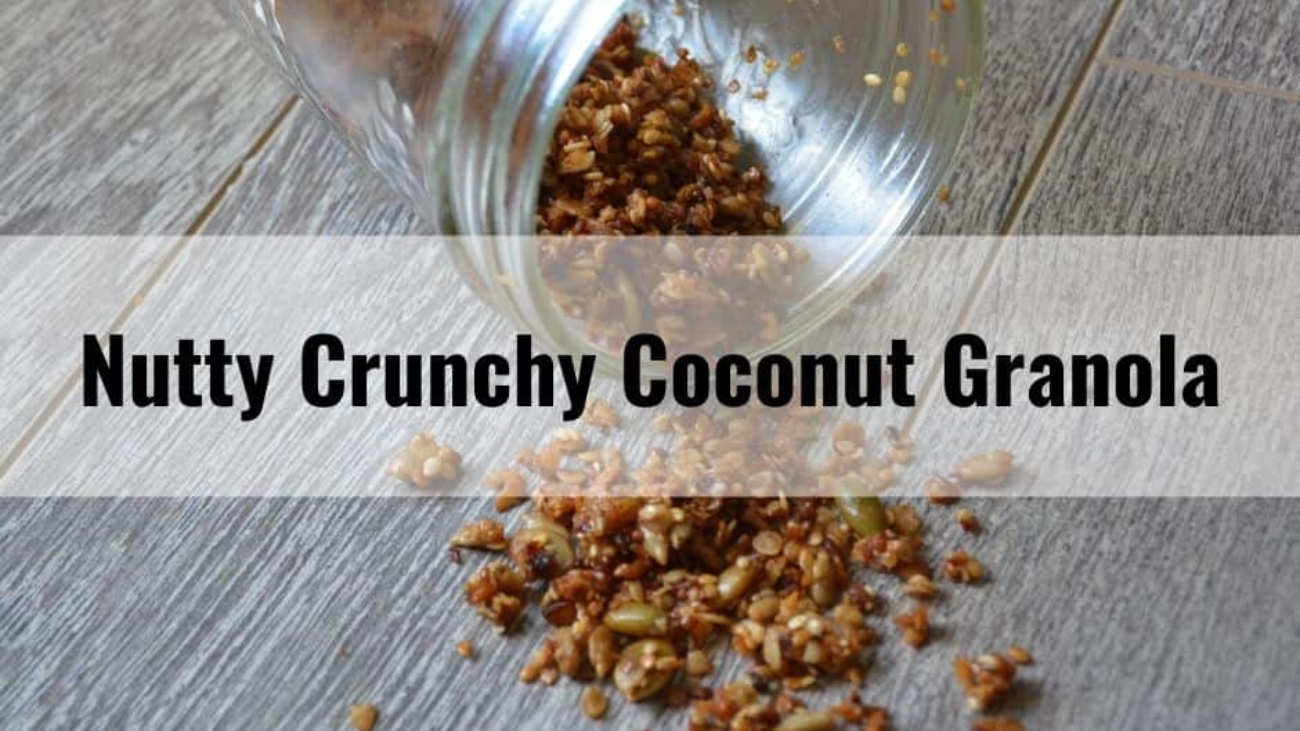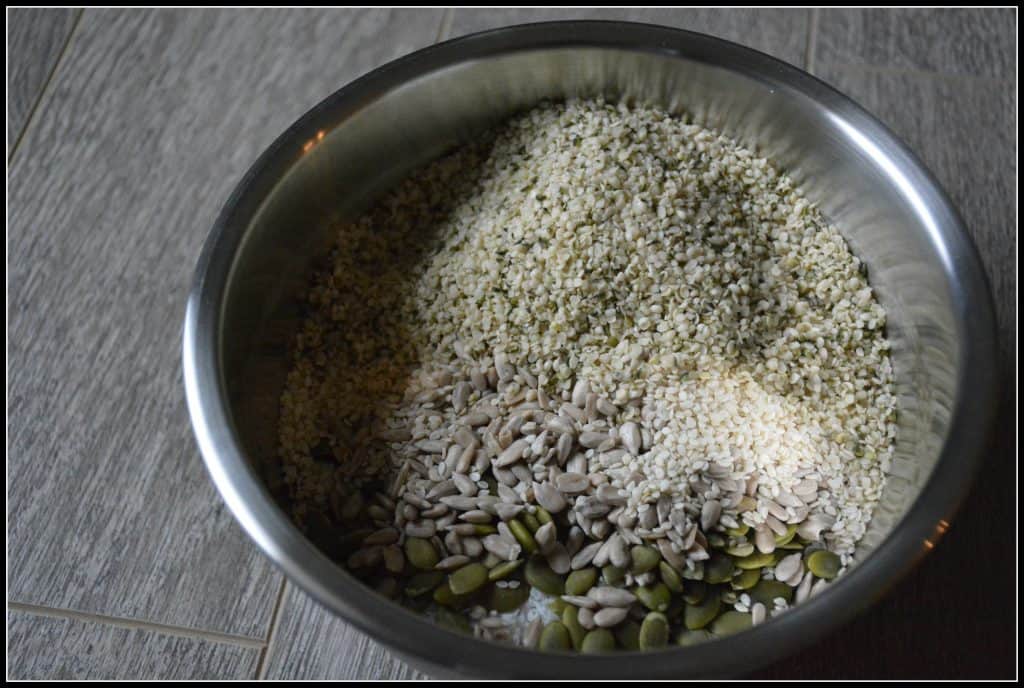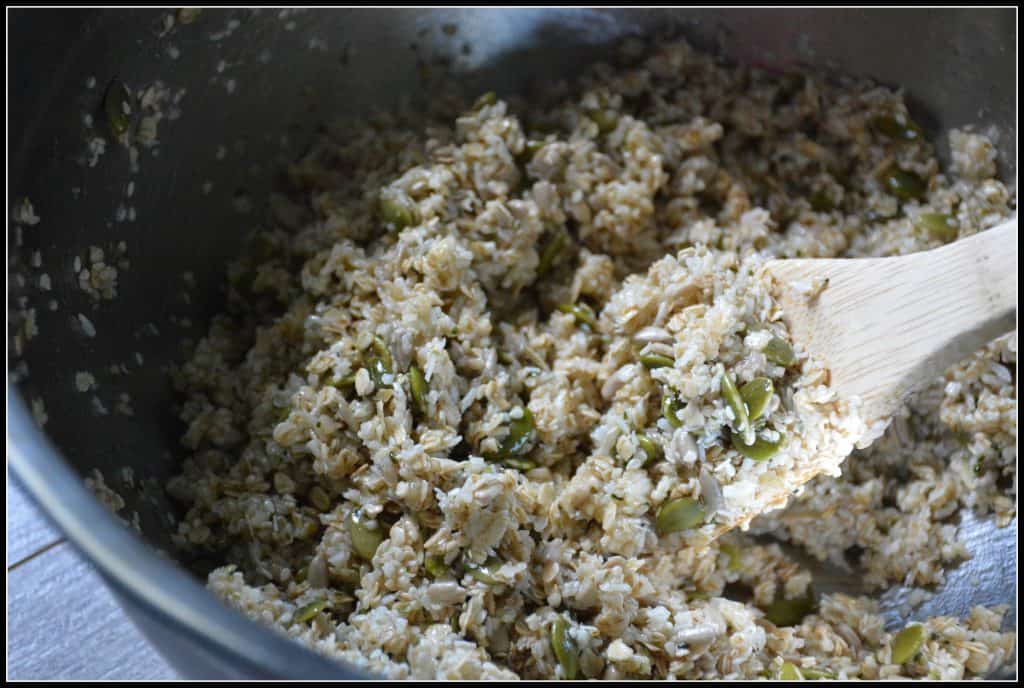Last week, I talked about “Mindful Eating” and reviewed some research that showed a mindful eating can establish healthy eating habit. However, this has yet to answer the question how do you eat mindfully?
To start understanding the concept of mindful eating, you need to know the 7 types of hungers. We eat for many reasons – because we’re hungry, stressed, or feeling happy, because we feel like we deserve a cake or simply because it’s your lunchtime.
Eating mindfully is about expanding our awareness around eating habits, so that we can make a more conscious decision of what to put in our mouth and when.
According to pediatrician and mindful eating proponent Jan Chozen-Bays, MD, author of the book, “Mindful Eating: A Guide to Rediscovering a Healthy and Joyful Relationship with Food”. She reviewed in her book that there are 7 types of hunger relating to different parts of our anatomy – the eyes, nose, mouth, stomach, cells, mind and heart.
Once we are more aware of these different types of hunger and their reasons, we can respond consciously and more appropriately to satisfy them.
EYE HUNGER

Our eyes see delicious foods and send a message to our brain saying, “We’re hungry for that”. The eye can convince the mind to override the signal from the stomach and body, even when we are not hungry.
To satisfy eye hunger, eat without distraction. You can feast your eyes on the food before you put it in your mouth. If you mindlessly wolf your dinner down while watching TV, you’re wasting an opportunity to really appreciate it.
NOSE HUNGER

Our sense of smell is closely tied to our sense of taste, such that the “taste” or “flavour” of foods is nearly entirely the “smell” of it. Smell exerts a potent affect on our subconscious mind. You might be familiar with the intense aroma when you walk past the pastry shop at the mall. The powerful smell draws you in and is nearly irresistible, even though you may not be hungry at the time.
To satisfy nose hunger, practice sensitizing yourself to the smell of your food, isolated from taste, by taking a pause before eating to really take in the aromas.
MOUTH HUNGER

Our mouth has a desire for pleasurable sensations such as different tastes and textures. The mouth prefers variety in these sensations and can easily become bored. If we are not paying attention while eating, the mouth will not be satisfied, and will continue to ask for more food, which can cause mindless overeating.
To satisfy mouth hunger, increase your awareness around the flavours and textures in your mouth.
STOMACH HUNGER

When our stomach is hungry it can signal us with rumbling, growling, or with an empty feeling in the abdomen. If we are in the habit of eating several times daily, and we miss a meal, our stomach will alert us of its hunger. It takes practice to sense when a grumbling stomach means actual hunger. Often, we can confuse the sensation with other feelings that affect our stomach such as depression and anxiety. If we feed depression with “junk food”, then get more depressed about our diet.
To satisfy stomach hunger, listen to the stomach hunger cues and start to familiarize yourself with them. Try to delay eating when you feel hungry and become aware of the sensations (make observation). You can also assess your hunger on a hunger scale from 1-10 before a meal, then halfway through check in again and do the same.
CELLULAR HUNGER

Our body can give us various signals when we experience cellular hunger such as faintness, dizziness, irritability, a sudden loss of energy, or strong desires for certain foods. Cellular hunger is one of the hardest types of hunger to sense, even though it is the original reason for eating. When we were children, we intuitively knew when we needed to eat, and what our body was craving. But over time, we lose our ability.
Through mindfulness, it’s possible to become more aware of our body’s cravings for specific nutrients and develop some of the “inner wisdom” we had when we were children.
To learn to listen to cellular hunger is the primary skill of mindful eating” – Jan Chozen-Bays
MIND HUNGER

Modern society has made us very anxious eaters. Constantly being influenced by the current fat diet or the latest nutritional guidelines, such as “Sugar is bad for me”. The mind can hinder our ability to “listen” to what the body needs (our internal hunger cues). This type of hunger is based on our thoughts.
To satisfy mind hunger, being mindfulness can help calm the mind and tune in to other cues our body is sending us.
HEART HUNGER
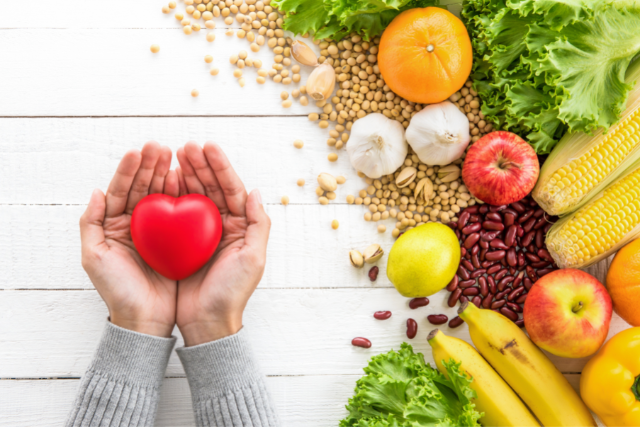
This is based on our desire to be loved and cared for. We crave certain comfort food because we were given it as a child, or because we’ve associated it in our mind as a treat for when we’re feeling down. Many people experience heart hunger and attempt to satisfy it with food (emotional eating), which, though sometimes helpful in the short term, can’t always fill the hole in our heart.
To satisfy heart hunger, we need to find the intimacy or comfort our heart is craving. Try observing/noticing the emotions that you’ve been feeling just before you have an urge to eat that chocolate as you might be able to find other way to satisfy them, such as calling a friend or having a cup of herbal tea or a hot bath.
BOTTOM LINE
We can eat mindfully by assessing each of the types of hunger whenever we have the desire to eat. The goal is try to be mindful of what and how you eat, feast with your eyes, take in the aroma and savour every flavour – then you’ll be truly satisfied.
In next week blogpost, I will discuss mindless eating, and how to avoid this common obstacle to healthy eating.
